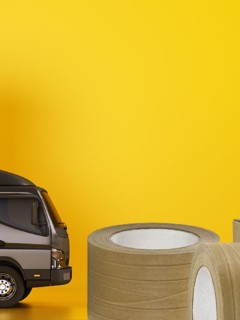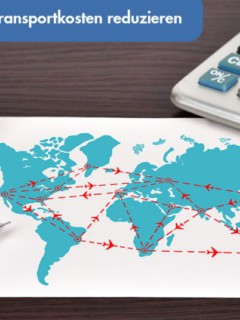What do car tyres and adhesive tape have in common? Rubber plays a decisive role in their production! On the occasion of World Rubber Day, we have compiled a few facts on the subject… First and foremost: rubber sticks like a son of a bitch!
Sounds like someone is spitting out a piece of chewing gum here. In fact, the word has less onomatopoeic background. The term comes from the Indian language and is composed of the words cao for tree and ochu for tear.
Natural rubber is obtained from milky sap
Natural rubber is a renewable raw material.
The term therefore goes back to the extraction process: for the raw material for natural rubber is extracted from the milky sap of the tropical rubber tree. For this purpose, the bark of the tree, which can grow up to 20 metres high, is cut by hand in the shape of an arch. The escaping milk sap (= latex) seals the injury, similar to tree resin, and hardens into a rubber-like mass – to protect against the penetration of insects, fungi or bacteria.
Natural rubber or synthetic alternative
Of the more than 23 million tonnes of rubber produced and processed worldwide today, around 60% is now produced synthetically from petroleum. But this also means that natural rubber is still extremely popular, accounting for 40% of the total. And for good reasons!
Natural rubber is a renewable raw material
Natural rubber is gently extracted by hand and is a renewable raw material. The energy required for the extraction, production and transport of natural rubber is only about 10% of the energy required for the extraction and production of the chemical manufacture of synthetic latex. Natural latex is free of solvents, CFCs and carcinogenic chemical softeners.
The importance of the raw material for our everyday life
An overwhelming number of the things we encounter in everyday life contain rubber.
Dummies, rubber ducks, plasters, balloons – some of our earliest childhood memories are inextricably linked with the material. In everyday life, we use hundreds of objects every day that are made of natural rubber, synthetically derived rubber or a mixture of both.
Condoms, car tyres, gaskets, latex mattresses, rubber boots, rubber gloves, hot water bottle, in house construction, in the kitchen, in the bathroom, in the gym, in trainers, wristbands, water polo….
Over 23 million tonnes of rubber are produced and processed worldwide every year
And yet there are good reasons for using synthetic rubber.
Have you ever thought about the demands made on the material of a car tyre? It has to be hard to ensure the lowest possible rolling resistance and thus the lowest possible fuel consumption. It should be soft so that the surface is grippy enough to ensure a short braking distance through adhesion on the road.
Hard – soft? Natural – synthetic? A contradiction?
Not necessarily. The tyre industry simply makes use of the advantages of natural rubber and the advantages of synthetically produced rubber. For example, aircraft tyres or truck tyres, which have to withstand extreme loads and stresses, are largely made of natural rubber, while a car’s summer tyres have a high proportion of synthetic rubber.
40% of the quantity processed worldwide is natural rubber, 60% is synthetically produced
- Advantages of natural rubber: Very variable hardness range available, high strength, high tear resistance, low compression set, resistant to organic chemicals.
- Disadvantages of natural rubber: sensitive to oil, low heat resistance (temperatures up to max. 70-100 degrees Celsius)
- Applications of natural rubber: e.g. seals, dampers, conveyor belts, truck tyres
Doormat, protective glove and adhesive tape
At Rajapack, we too always resort to natural rubber when the product requirements allow it. For example, in the area of industrial safety, you will find products made of 100% natural rubber, such as floor mats or protective gloves. And in many adhesive tapes we use natural rubber as an adhesive, due to its high permanent adhesion to a wide variety of surfaces.
Rubber is extracted here
The rubber belt is not a garment: first in production is Thailand with a volume of 3.1 million t/year, followed by Indonesia with 2.8 million t, Malaysia with 1.3 million t India with 770,000 t Vietnam and China with about 600,000 t each. However, India and China are practically non-exporters of raw materials due to their high domestic demand. Due to the geographical location of the cultivation areas along the equator, there is also talk of the rubber belt.














